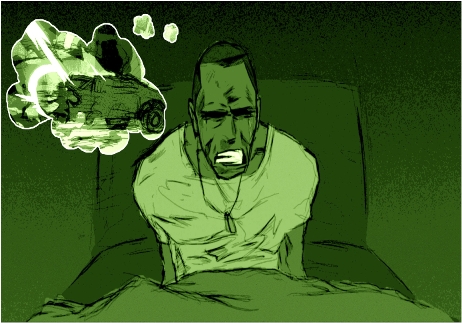Partnering with researchers Jose Luis Mosso Vasquez from Panamerican University School of Medicine and Veronica Lara Vaca of Hospital de Ginecología y Obstetricia Número 4 in Mexico City, Mexico, Interactive Media Institute and Virtual Reality Medical Center studied virtual reality (VR) pain distraction during gynecological surgery. Gynecological surgeries are often sources of stress for women, causing higher pain both during and after the surgery. As a supplement to traditional anesthesia, VR helps to distract patients from pain by showing them immersive and interactive virtual environments, taking their mind off of the surgical procedure and the pain associated with it.
Of the 44 participants in this study, half received VR pain distraction, while the other half received no pain distraction method. The results indicated statistically significant differences in pain perception between the groups, but physiological measurements were less determinable. Overall, this study highlights the need for interventions to reduce stress and pain during feminine-specific medical procedures. To inquire about this study, please contact Dr. Brenda K. Wiederhold at the Virtual Reality Medical Center (frontoffice@vrphobia.com).
To access the full text: https://synergypublishers.com/downloads/sruv5a2/
Vasquez JM, Vaca VL, Wiederhold BK, Miller I, Wiederhold MD. Virtual reality pain distraction during gynecological surgery—A report of 44 cases. Surgical Research Updates. 2017. https://synergypublishers.com/downloads/sruv5a2/



